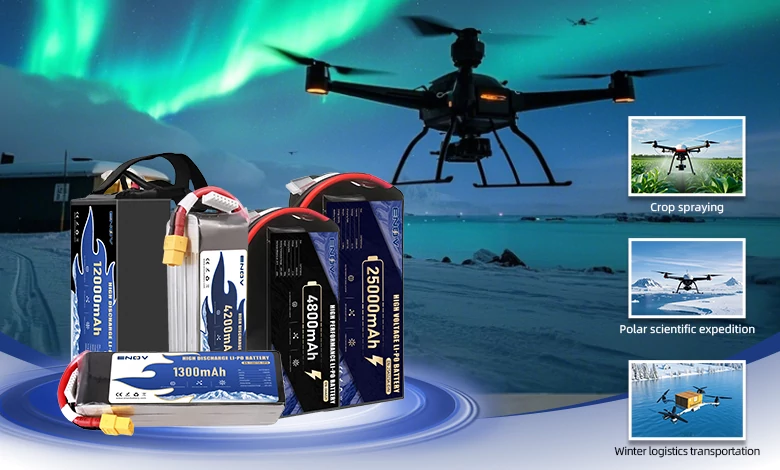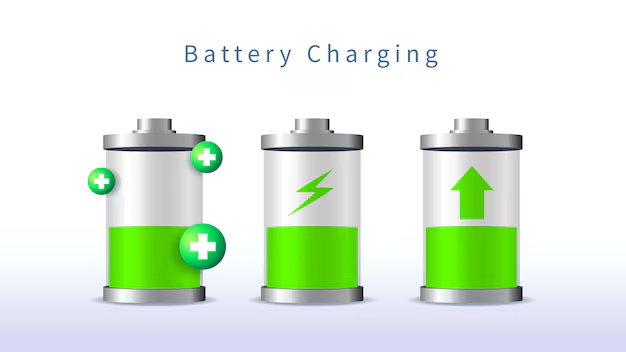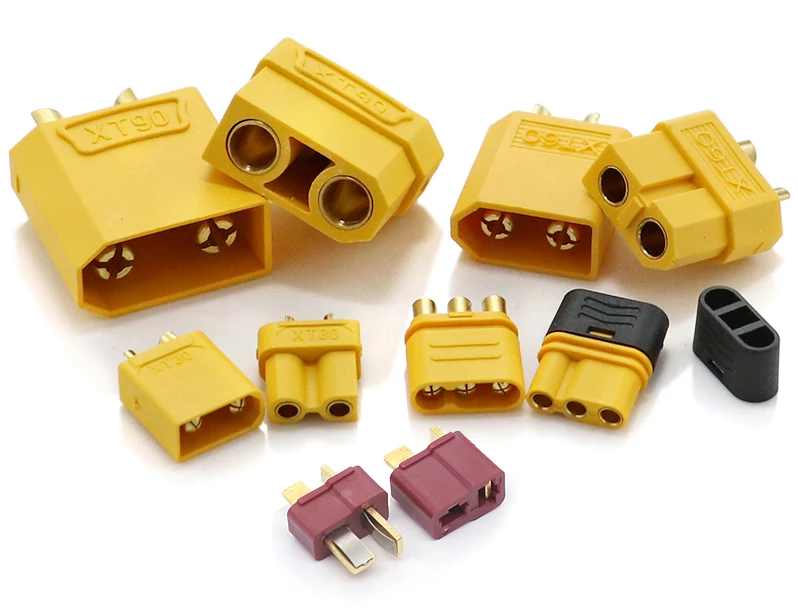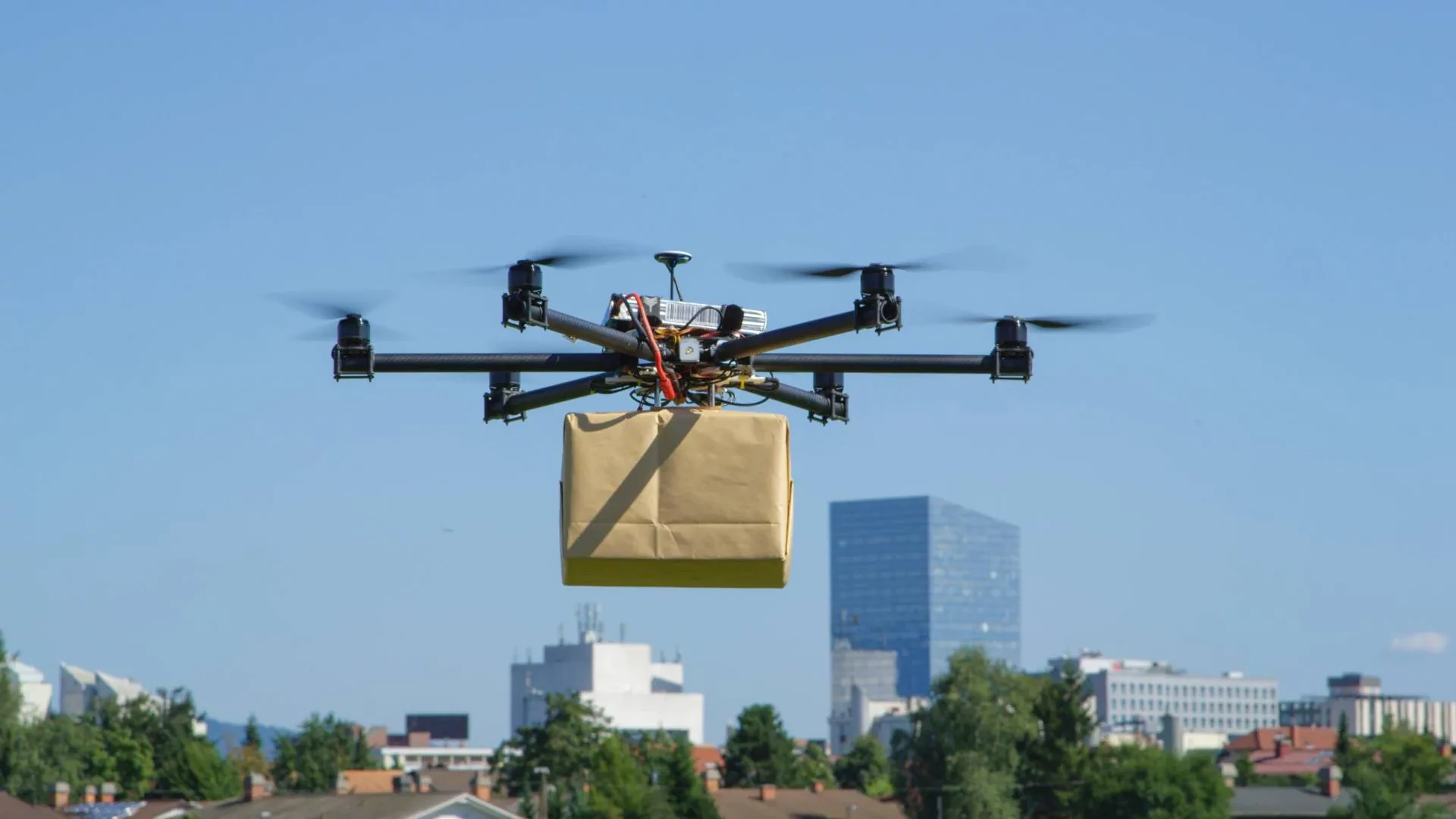What is a drone smart battery?
What makes a smart battery special? What is the difference between it and a regular battery? What functions does BMS provide? How to choose between a smart battery and a regular battery?

ENOV High-Energy drone batteries power industrial and commercial drones. Delivering 220–320 Wh/kg energy density, they enable long flight times (30+ mins) and support fast charging (2C). Perfect for aerial photography, surveillance, and delivery drones.
A drone smart battery has a built-in Battery Management System (BMS), which is used to monitor the battery’s health and performance in real-time. It also provides six-fold protection functions to help users reasonably plan the use of the battery.
1. Differences between smart batteries and non-smart batteries
① Non-smart batteries can only provide electrical energy and cannot communicate and share important information. They usually rely on external chargers to monitor battery conditions.
② Non-smart batteries only have basic overcharge or over-discharge protection and need to strictly follow charging specifications; smart batteries have advanced performance and are more adaptable to harsh or extreme environments.
③ Smart batteries can optimize the charging process according to battery power, temperature, and electrochemical properties to extend battery life. In contrast, non-smart batteries can only use simple charging algorithms and cannot analyze based on the actual situation of the battery.
④ Non-smart batteries lack built-in sensors and communication interfaces.
⑤ Smart batteries have a higher cost and are suitable for commercial users, while non-smart batteries are more suitable for users with maintenance capabilities or applications with lower power requirements.
⑥ Smart batteries have poor compatibility and are usually dedicated to brand drones, such as DJI’s smart batteries; non-smart batteries have strong versatility and are compatible with multiple models. In addition, it should be noted that smart batteries cannot use third-party chargers, otherwise, they may trigger a lock-up.
2. What specific functions does the Battery Management System provide for drone batteries?
2.1 Communication and Data
It supports various smart battery protocols such as 12C, CAN bus, SMBus, UART, and RS485, and provides real-time data about the battery, including voltage, current, remaining power, cycle count, temperature, and health status, helping users plan equipment usage and replacement cycles.
2.2 Multiple Protections
The BMS system provides six-fold protection: overcharge, over-discharge, overcurrent, short-circuit, temperature, and balancing protection.
① Overcharge protection: When the battery management system detects that the battery voltage exceeds the set threshold, it automatically cuts off the charging circuit to prevent thermal runaway.
② Over-discharge protection: It automatically cuts off the load when the battery voltage is too low to avoid excessive discharge.
③ Overcurrent protection: It automatically cuts off the circuit when an abnormal large charging or discharging current is detected to prevent heat accumulation or device damage.
④ Short-circuit protection: It responds to short circuits in milliseconds (usually <100μs) and avoids fire by quickly turning off the MOSFET or fuse.
⑤ Temperature protection: Temperature protection includes high-temperature protection and low-temperature protection. The battery will stop working when the cell or ambient temperature is too high or too low.
⑥ Balancing protection: It eliminates the voltage/capacity difference between cells through resistance energy consumption or energy transfer.
2.3 Fault Diagnosis and Early Warning
It identifies faults such as battery leakage and relay adhesion and triggers safety warnings, which help maintain battery health and extend battery life.
2.4 Thermal Management Coordination
The battery management system helps maintain the optimal operating temperature of the cells.
2.5 Historical Data Storage
It records the battery’s charge-discharge cycle count, fault records, etc., for maintenance analysis.
3. Selection Recommendations
3.1 Situations where smart batteries are preferred
① Industrial applications (surveying and mapping, inspection, agriculture): High reliability is required, and the real-time monitoring and fault early warning of smart batteries can reduce the risk of crashes.
② Novice users: The automatic protection function can avoid battery damage caused by operational errors.
③ High-frequency operations: Intelligent balanced charging extends the service life (for example, DJI smart batteries can reach 200 cycles while maintaining 80% capacity).
3.2 Situations where non-smart batteries are preferred
① DIY drones or open-source flight controllers (such as Pixhawk): They need to be flexibly adapted to voltage and capacity, and regular LiPo batteries are more economical.
② Limited budget: For example, for entry-level FPV drones, the price of a single non-smart battery can be as low as 100-300 yuan.
③ Special modification needs: For example, if the battery size or interface needs to be adjusted, non-smart batteries are easier to customize.
Quick inquiry
Drop us a line, and we’ll get back to you within 24 hours.

Ariana Yuan
Digital Operations Manager
Website Planning|Marketing Project Management for Drone Batteries|Scheduled Content Refresh|SEO Optimization

Ariana Yuan
Digital Operations Manager
Website Planning|Marketing Project Management for Drone Batteries|Scheduled Content Refresh|SEO Optimization




